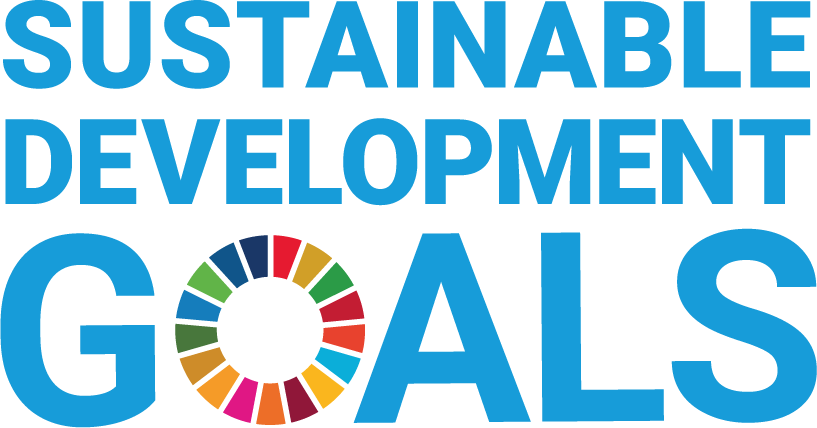Sometimes we can have a very big problem and it is hard to put in words what the main problem bothering us is. When this happens, it helps to reflect and define the problem. We want to try and find the very specific thing that could be causing this problem. This is why define is a step in the design thinking process.
DEFINE: Process and synthesise the findings from your empathy work in order to form a user point of view that you will address with your design.
In our last lesson you identified a problem in your community, who it impacted, and how it impacted them. Now let’s try to define it more.
We learned about the SDGs and how they are trying to eliminate global problems around the world. Does your problem fall into one of the 17 categories? Which one?
In our example about girls missing school, you have learned that girls miss classes as they tend to do more chores than their brothers. This causes them to miss class to help at home. You realize that this is a problem of girls being discriminated against as families tend to think girls should stay at home to do work and boys should go to school and find work.
You decide to address SDG 5, achieve gender equality and empower all women and girls by ending all forms of discrimination against all women and girls everywhere.

Now it’s your turn:
What SDG helps define the problem with your community? If you need more help, explore the sustainable development goals online and look at each goal with the targets and indicators to pick a specific issue.
Remember to write your ideas in your notebook to track your learning.
